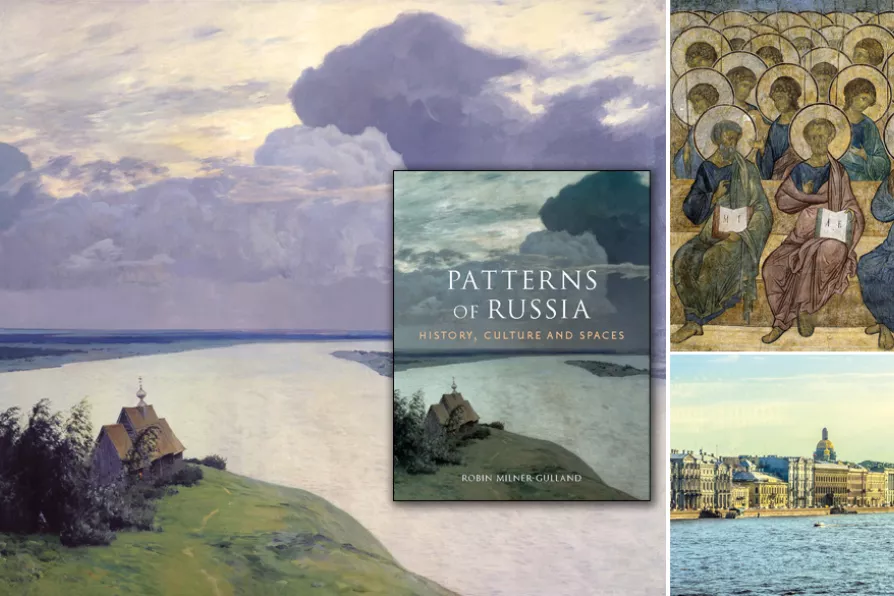ANDY HEDGECOCK picks out his cultural highlights of 2025

 ENGAGING ACCOUNT: (L to R) Isaak Levitan, Eternal Peace, 1894; Dormition Cathedral in Vladimir, detail of the surprisingly unthreatening Last Judgement fresco by Andrey Rublyov and Daniil Chorniy, 1408; St Petersburg, south bank of River Neva, with the dome of St Isaac’s cathedral, 1818–58
ENGAGING ACCOUNT: (L to R) Isaak Levitan, Eternal Peace, 1894; Dormition Cathedral in Vladimir, detail of the surprisingly unthreatening Last Judgement fresco by Andrey Rublyov and Daniil Chorniy, 1408; St Petersburg, south bank of River Neva, with the dome of St Isaac’s cathedral, 1818–58
A SERIES of reflections on the interrelationships between culture, history and place, Patterns of Russia makes no attempt to be comprehensive. It is a surprisingly personal account but nonetheless interesting for that.
Its author, Robin Milner-Gulland, writes in a relaxed and conversational style, covering the huge subject matter in a pleasurably engaging and jargon-free fashion.
Influences from different civilisations over the past two millennia are skilfully referenced throughout, highlighting the multicultural areas of influence that eventually created the “lands of the Rus.”

BRENT CUTLER is intrigued by the imperialist, supremacist and contradictory history of a word that is used all too easily

Gin Lane by William Hogarth is a critique of 18th-century London’s growing funeral trade, posits DAN O’BRIEN

SYLVIA HIKINS casts an eye across the contemporary art brought to a city founded on colonialism and empire











